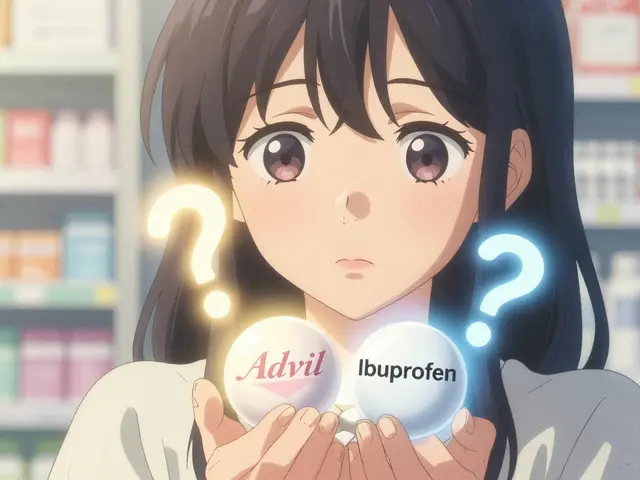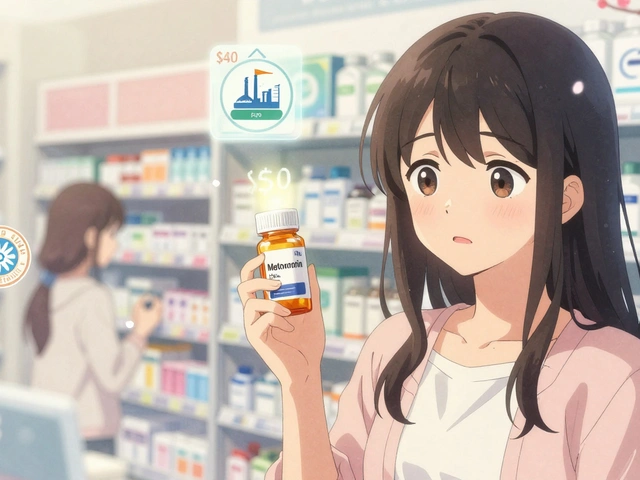Oral antibiotics: what they are and when to use them
Oral antibiotics are pills or liquids you take by mouth to treat bacterial infections. They work differently depending on the drug and the bug. Some target skin infections, others treat urinary tract infections, chest infections, or stomach bugs. But antibiotics don’t work on viruses, so they won’t help with most colds or the flu.
Common oral antibiotics and what they treat
Here are the names you’ll see most often and the problems they usually help with:
- Amoxicillin: often used for ear, throat, and sinus infections.
- Cephalexin (Keflex): common for skin and soft-tissue infections.
- Azithromycin: used for some respiratory infections and certain sexually transmitted infections.
- Doxycycline: treats acne, some respiratory infections, and tick-borne diseases.
- Ciprofloxacin and other fluoroquinolones: used for specific urinary and abdominal infections but carry stronger side-effect warnings.
- Metronidazole (Flagyl): good for some gut and gynecologic infections and certain parasites.
How to use them safely, and how to avoid trouble
Finish the full course even if you feel better. Stopping early can let bacteria survive and become resistant. Don’t share antibiotics or use leftovers—what helped a friend might be the wrong drug or dose for you. Always check for allergies, especially to penicillin or cephalosporins.
Watch for common side effects like nausea, diarrhea, or yeast infections. If you get a rash, swelling, trouble breathing, or severe stomach pain, get medical help right away. Some antibiotics interact with other medicines, with birth control, or with dairy and antacids—read labels and ask a pharmacist.
Antibiotic resistance is real. Overuse and misuse let bacteria adapt so drugs stop working. That makes infections harder to treat and forces doctors to use stronger, more expensive pills. Use antibiotics only when a doctor prescribes them and when they’re clearly needed.
Thinking of buying antibiotics online or from pharmacies in Mexico to save money? Mexican pharmacies often have lower prices, but shop smart. Pick licensed pharmacies, check that medications are sealed and labeled, and avoid sellers that pressure you to skip prescriptions. Our site lists price comparisons and tips to help you find trustworthy options.
When to see a doctor: if symptoms are severe, last more than a few days, come back after treatment, or if you have a high fever, blood in urine or stool, breathing trouble, or a worsened wound. For kids, older adults, or people with weakened immune systems, get medical advice early.
Quick checklist before taking an oral antibiotic: confirm the diagnosis, check allergies and interactions, follow the exact dose and schedule, finish the course, and report bad reactions. Do that and you’ll get the most benefit while protecting future treatment options.






